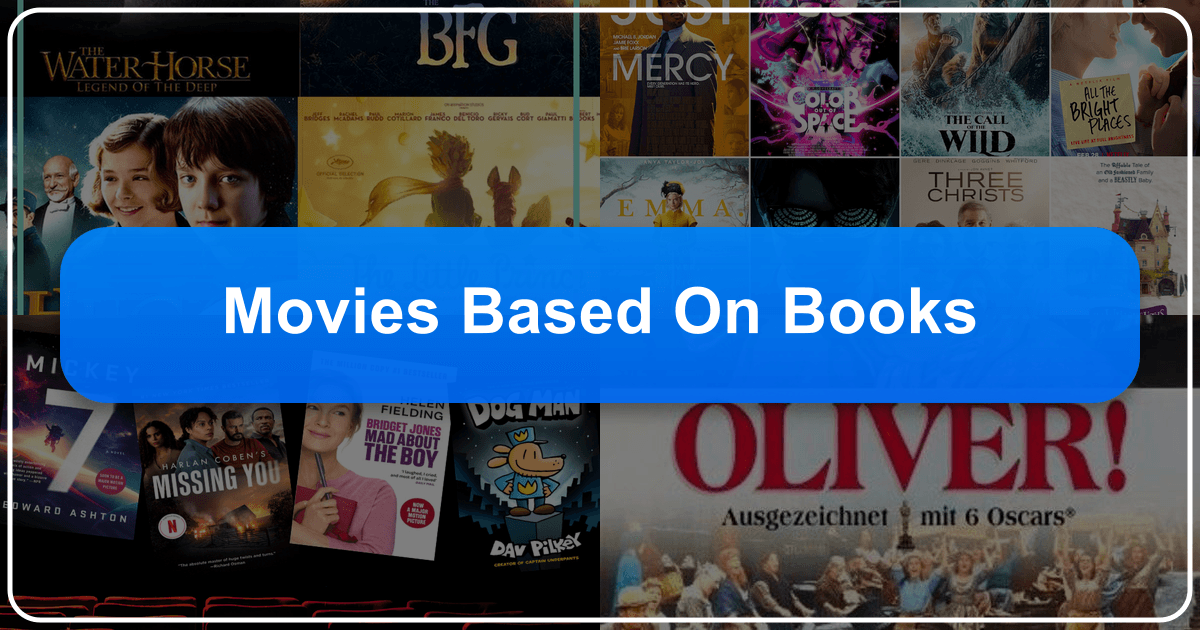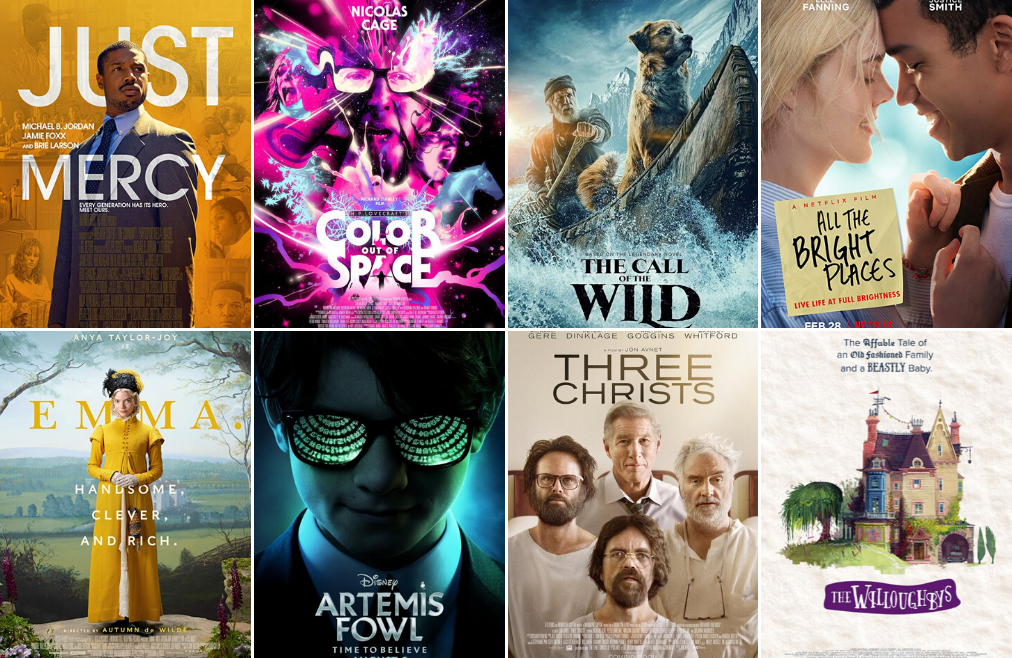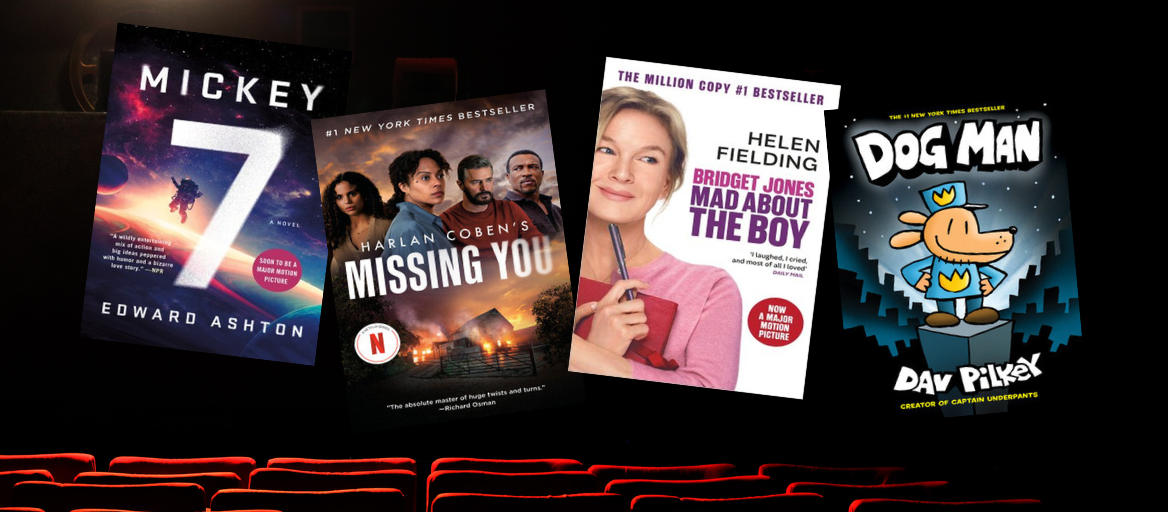Movies Based on Books: A Multifaceted Exploration

The relationship between books and movies is a complex and enduring one. For decades, the silver screen has served as a canvas to bring beloved literary works to life, offering a visual interpretation of narratives that have captivated readers for generations. However, the adaptation process is often fraught with challenges, sparking passionate debates among audiences about the fidelity of film to its source material. This exploration delves into the multifaceted nature of movies based on books, examining the various aspects of this dynamic relationship from the perspectives of authors, readers, and the broader cultural landscape.
The Author’s Perspective: Navigating Adaptation
The adaptation of a book into a film represents a significant undertaking for an author. While many authors welcome the opportunity to see their work translated to a new medium, the process itself often involves compromise and creative differences. Authors may find their meticulously crafted prose condensed, characters altered, and plot points omitted or rearranged to fit the constraints of a visual narrative. The inherent differences between the two mediums – the intimate, introspective nature of reading versus the more public, sensory experience of watching a movie – often necessitate significant changes.
Lois Lowry, a two-time Newbery Medal winner, offers a poignant perspective on this transition in her reflections on the film adaptation of The Giver. Lowry describes the experience as akin to assembling a jigsaw puzzle, with the “blue pieces” of the book gradually fitting together with the “yellow pieces” added by the filmmakers. She expresses gratification in seeing her work treated with “regard for the book,” maintaining its essential ingredients while enhancing it with the visual elements inherent to cinema. She acknowledges the inherent limitations of the written word in conveying the expansive landscapes and emotionally charged memories present in the film. In Lowry’s view, the movie successfully expands upon the source material, not by diminishing it, but by supplementing it with the visual storytelling only film can provide. This perspective highlights a common sentiment among authors: a willingness to embrace the distinct strengths of each medium, acknowledging the inevitable adaptations while appreciating the respect shown to the original work’s essence.

The author’s experience, however, doesn’t represent a monolithic perspective. Some authors may feel a sense of ownership over their work and find it difficult to reconcile with changes made by the filmmakers. This can lead to tension and even outright disapproval. Conversely, some authors may actively participate in the adaptation process, providing creative input and offering feedback. The collaboration can be a rewarding experience, but it can also present challenges as the author must relinquish some control over their narrative vision.
The Reader’s Experience: Expectations and Interpretations
For readers, the experience of seeing a favorite book brought to life on screen can be deeply emotional, often triggering a complex interplay of anticipation, excitement, and sometimes, disappointment. Readers often form strong attachments to characters and narratives, developing their own internalized visual representations while reading. When a film adaptation inevitably departs from these personal imaginings, it can be jarring, even frustrating.

The reactions of viewers to film adaptations vary greatly depending on a number of factors, including individual preferences, the degree of divergence from the source material, and the overall quality of the film itself. Some viewers prioritize fidelity to the book, reacting negatively to even minor alterations. Others are more forgiving, focusing on the overall emotional impact of the film and its ability to capture the essence of the story. The level of expectation also plays a significant role – if readers enter the viewing experience with unrealistic hopes of a perfect replication of the book, they are more likely to experience disappointment.
The debate about the comparative merits of the book versus the movie often becomes a focal point of conversation and online discussions. This discourse highlights the subjective nature of interpretation and appreciation – what one viewer finds a successful adaptation, another may deem a betrayal of the original. This highlights the unique power of both mediums in fostering individual engagement and diverse interpretations of a common narrative.

Comparing and Contrasting: A Deeper Engagement
Engaging with both the book and its film adaptation can provide a deeper and more nuanced understanding of the story. Comparing and contrasting the two versions can reveal how different artistic choices affect the overall narrative and thematic impact. The film adaptation may enhance certain aspects of the story – adding visual flair, emphasizing specific character relationships, or highlighting particular thematic elements – while also altering or omitting other aspects, sometimes to the detriment of the overall narrative cohesion.
Analyzing these differences can lead to a richer and more meaningful engagement with the story. Readers can examine the filmmakers’ choices and speculate on the reasons behind them – were certain elements condensed or omitted due to time constraints? Were character alterations made to enhance dramatic tension? Such considerations can deepen the reader’s understanding of both the book and the film, offering a more complex and multilayered appreciation.
Cultural Impact: Adaptations and Literary Influence
Movies based on books exert a significant influence on popular culture. Successful adaptations can introduce new audiences to classic works of literature, bringing them to the attention of readers who might not otherwise have encountered them. Conversely, popular films can inspire renewed interest in the source material, leading to increased book sales and a wider appreciation for the author’s work.
Film adaptations can also influence the literary landscape itself, inspiring new interpretations, sequels, and related works. The success of a movie can lead to a proliferation of spin-offs, fan fiction, and even new books within the same universe. This expansion of the narrative universe can create a vibrant and ongoing cultural conversation around the original work. Furthermore, the visual language of the film adaptation can impact how subsequent readers perceive the book, influencing their interpretations and visualizations of the narrative.
The awards and accolades bestowed upon film adaptations further contribute to their cultural impact. Critically acclaimed movies can elevate the status of the original literary work, drawing attention to the author’s talent and artistic achievements. This reciprocal relationship between book and movie, with each reinforcing the other’s cultural significance, underscores the powerful and enduring impact of successful literary adaptations.
Conclusion: A Symbiotic Relationship
The relationship between books and movies is a dynamic and symbiotic one. Movies offer a visual interpretation of literary narratives, creating new avenues for engagement and interpretation. The process of adaptation often involves compromise and creative choices, leading to lively debates among authors, readers, and critics. Ultimately, however, successful adaptations can enhance both the literary work and the film, broadening their appeal and enriching their cultural impact. The continued exploration of this complex interplay between words and images promises to generate compelling discussions and creative endeavors for years to come.